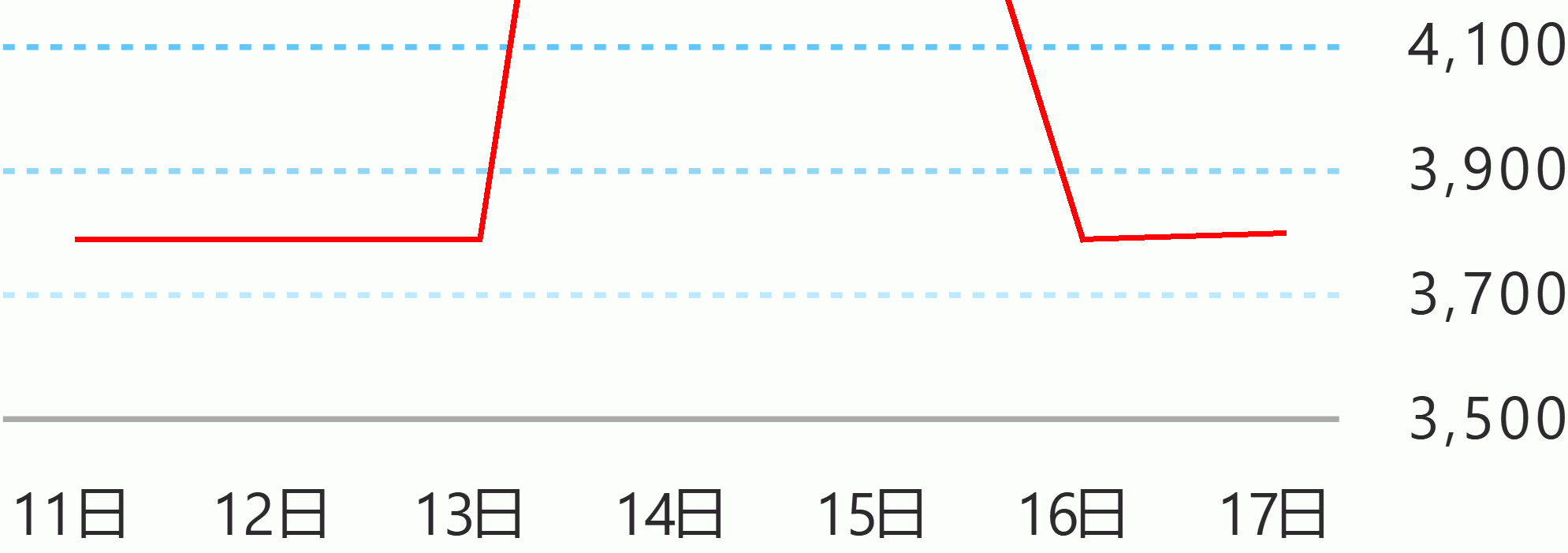By Ella Dionsio
Experts on Friday said the government is not hiding data on the number of coronavirus cases (COVID-19) in the country but should actively go after the correct data.
In a virtual FOCAP (Foreign Correspondents Association of the Philippines) forum, former Health Secretary Esperanza Cabral commented about the report on the website of Ateneo de Manila University that nearly three million coronavirus cases in the Philippines were unreported.
“I think that we are being told what the government thinks we have. I don’t think that they are hiding data but I do think that we don’t have the correct data because we are not looking after them. We are not actively going after the correct data in a way we should,” Cabral said.
“We are not testing as many people as we can. Our contact tracing capabilities are so weak that it’s practically useless at this point. The positivity rate in the country in the past two or three weeks has really been much higher than five percent,” Cabral added.
Cabral said the average positivity rate of the country is about 8.6 or 9 percent but there are days when the positivity rate goes up to 14 percent.
She added the high number of positivity rate is an indication that the government is not doing testing as much as they should.
UP applied mathematics professor Guido David also agreed that the government is not hiding the data and testing is not enough right.
“I agree that testing is not enough especially now… If positivity rate is high, that means that there is a surge. So if we are doing a lot of testing but our positivity rate is below five percent that means the increase of number is due to the testing and not due to the actual surge,” he said.
“They are reporting what they have. There is no deliberate intention to hide cases but I think a lot of case may have got unreported not just because we lack of testing but sometimes citizens are afraid to come out and let people know that they have symptoms. They have mild symptoms, because anecdotally, I heard some people are afraid that they might not be able to go to work if people found out they are COVID-19 positive… there is also a negative stigma in the culture,” David said.
Guido said the surge somewhat decreased after the implementation of modified enhanced community quarantine last August 4.
He added that for people to come out and be tested, there is a need to analyze the negative culture.
David also said the increase in COVID-19 cases is not due to mass testing.
“We cannot attribute it to mass testing because our positivity rate should gone down if we just done more testing but the fact the positivity rate is high. It’s that not just testing but there is an increase in numbers… not only the positivity rate but also the hospital occupancy,” he said.
David said 12 of the 17 local government hospitals are already 70 percent occupied in terms of ICU bed capacity.
“That alone tells us there is a genuine increase in the number of cases in Metro Manila,” he said.
Asked about their projection of COVID-19 cases by the end of August, David said it will be around 230,000 cases.
He said the country might hit 250,000 cases by the end of the month if MECQ was not implemented while end-August cases could reach 210,000 cases if MECQ was implemented until the end of the month.
“About midway, 230,000 (cases) if we had MECQ until August 18 then GCQ (general community quarantine) all the way… That is what actually happens so our projection for that is 230,000… In fact, we are in line with that projection. If we hit 220,000 total cases by the end of the month that is actually a good result for us because that means we may be really slowing down the pandemic,” he said.
“It’s looking like we might miss it by a little bit, maybe 225,000 or 220,000, we will see what happens,” he added.
Cabral said there is no need for a whole city or region to be placed under lockdown if people will practice the health protocols set by the Department of Health (DOH).
“I think there are more ways than just keeping people under lockdown to control the community transmission of COVID-19. If we can only practice physical distancing, putting on face masks, washing our hands… we do not need to lock people down and if we need to lock people down, we do not need to lock whole cities and regions down,” she said.
David said the pandemic threat situation in the country is still within control and might go out of hand if people will not be very careful.
“We can still manage this, I believe this. If the local governments are going to step up now and do what they have to do to help and maybe the private sector as well and hopefully the community cooperates in doing their part. This is what we really required of them,” he said.
“I won’t say that it has gotten out of control, it is still within our control but we are walking on a thin line… It can definitely go out of control if we are not very careful,” he added.
As of August 21, the DOH recorded 4, 768 new cases bringing the total number of COVID-19 cases to 182, 365 with 2,940 fatalities and 114,519 recoveries. DMS





 English
English









